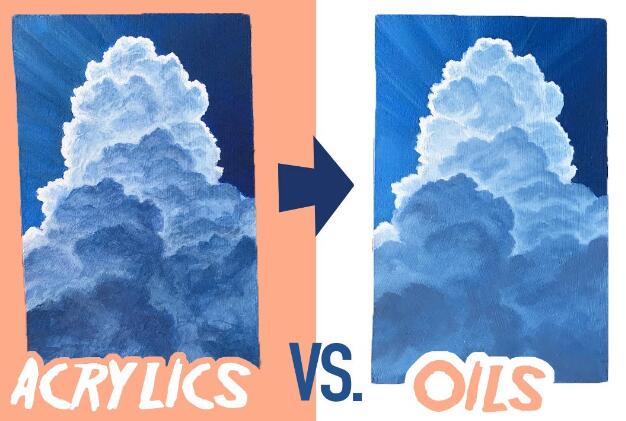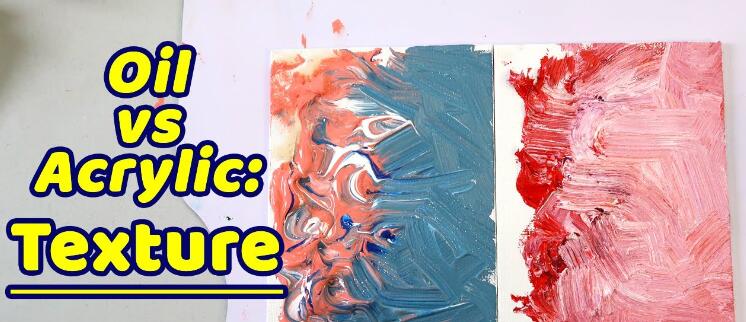Dafen oil painting Village, oil paintings
What is the difference between oil paintings and acrylic paintings

Oil paintings and acrylic paintings are two popular types of artwork, each with its unique characteristics, materials, and techniques. Here are the key differences between them:
- Paint Composition:
- Oil Paints are made by suspending pigment in an oil, typically linseed oil. The oil serves as a binder, holding the pigment together and aiding in the adhesion to the painting surface.
- Acrylic Paints are made with pigment suspended in an acrylic polymer emulsion. They are water-based, meaning they can be thinned with water and dry much faster than oil paints.
- Drying Time:
- Oil Paints have a longer drying time. This allows artists more time to work with the paint before it dries, enabling blending and layering techniques.
- Acrylic Paints dry much faster, which can be advantageous for artists who wish to work quickly or layer paint without waiting long periods.
- Color Changes Over Time:
- Oil Paints can change color slightly as they dry, often becoming more transparent and yellowing over time.
- Acrylic Paints generally maintain their color as they dry and are more stable over time, with less yellowing.
- Durability and Flexibility:
- Oil Paints, once dried, are quite durable but can crack over time, especially if applied thickly or if the canvas is not properly prepared.
- Acrylic Paints are very flexible and resistant to cracking. They can adhere to a wide range of surfaces.
- Ease of Clean-Up:
- Oil Paints require solvents such as turpentine or mineral spirits for cleaning brushes and other tools.
- Acrylic Paints can be cleaned up with water and are generally easier and safer to use in terms of fumes and toxicity.
- Overall Look:
- Oil Paints offer a glossy finish and can produce a rich, vibrant look with depth in color.
- Acrylic Paints dry to a more matte finish and can sometimes darken slightly upon drying.
- Historical Context:
- Oil Painting has been a traditional medium in art for centuries, dating back to at least the 7th century.
- Acrylic Paints were developed in the mid-20th century and have since become a popular medium due to their versatility and ease of use.
Each medium offers its own advantages and is chosen by artists based on the desired outcome, working time, finish, and other personal preferences in the art-making process.

